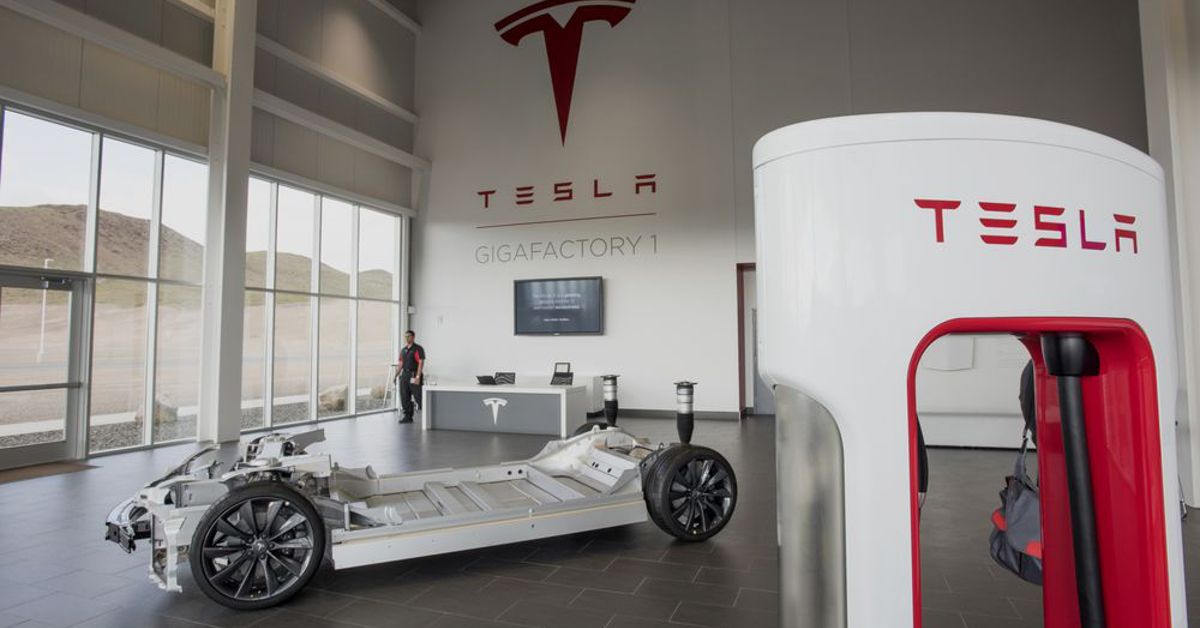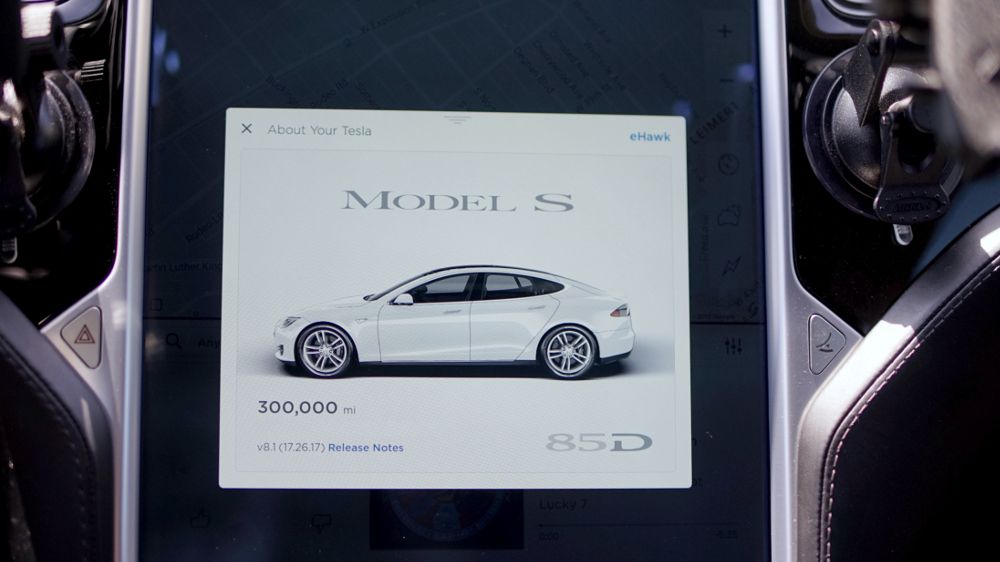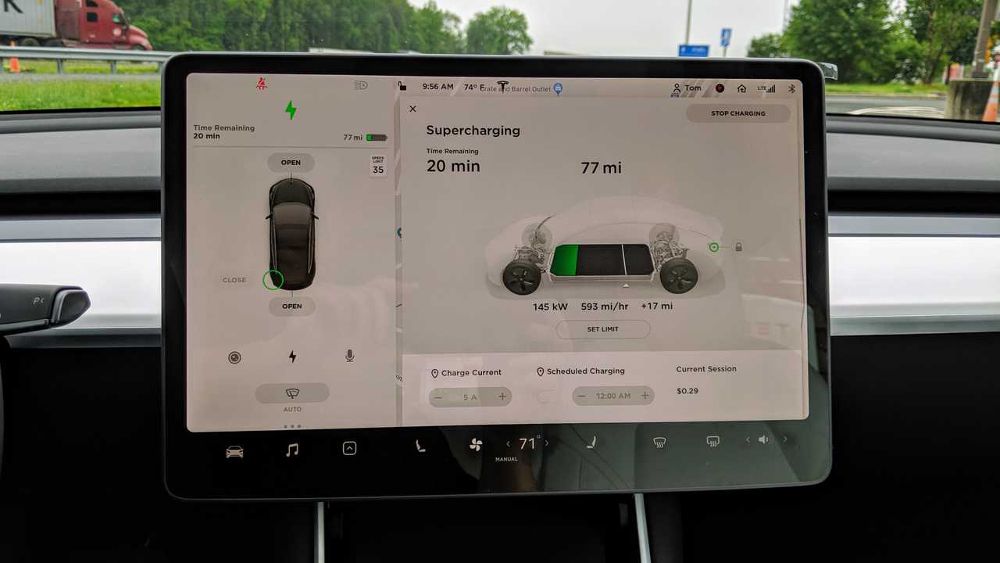The average internal combustion engine (ICE) is estimated to last about 10 years or 200,000 miles before it needs an overhaul or replacement. So, with the Li-ion battery at the heart of any EV, making up between 30 and 45 percent of the cost of the electric car, how does Tesla’s battery life stack up?Tesloop, a taxi service in California that runs a fleet of high-mileage electric cars, has a Model X in their fleet that has only lost around 10% of battery capacity over 300,000 miles. 90% capacity is well within the battery lifecycle and Tesla’s battery warranty terms.However, as with the ICE, a Li-ion battery’s lifespan can significantly be influenced by operating conditions. So, adverse conditions such as high ambient temperatures, frequent DC fast-charging, SoC (State of Charge) at which the battery is charged, and the number of charging cycles the battery has undergone, will all have an effect on how long a Tesla Model 3's battery will last and whether Tesla will pay for the replacement.
This Is How Long A Tesla Model 3's Battery Should Last
Traction Li-ion batteries used to power Electric Vehicles are deemed to have reached the end of their useful life when they can no longer maintain an SoC over 70%. This does not mean the battery should be trashed – it still has many years left if repurposed for something like grid energy storage.
Tesla’s data would seem to indicate a 10 to 15% degradation over 200,000 miles for the 18650 format battery in the Model X. Using the industry standard of 13,500 miles a year, this would imply the average Model X would still have 85 to 90% battery life left after almost 15 years. This means that a Tesla Model X battery should last 450,000 miles or more.
However, the Model 3 uses a 2170 format battery cell for which there is less historical data available.
Tesla CEO, Elon Musk, has stated that the Model 3’s battery was designed to last 300,000 to 500,000 miles, or 1,500 charging cycles. Again, using the industry ‘gold-standard’ where the average driver covers 13,500 miles in a year, would give the battery a lifespan of between 20 and 40 years. This might be optimistic, but not impossible.
Based on anecdotal data currently available it would appear that the Model 3’s battery degradation rate seems to sit at about 5% per 100,000 miles, which equates to 1,500 charging cycles and a 20% degradation over 10 to 15 years. That backs up Tesla’s estimates of a life of between 300,000 and 500,000 miles, with a life expectancy of 10 to 20 years.
This of course is largely dependent on how the vehicle is driven.
This Is When Tesla Will Pay For The Replacement Of A Model 3’s Battery Under Warranty
The battery warranty on the Tesla Model 3 is vital considering that, when a battery replacement is needed the out-of-pocket costs can range anywhere from $10,000 to $25,000 for parts and labor. Prices like these make Tesla’s battery degradation warranty an extremely valuable part of the New Vehicle Limited Warranty.
Whilst warranties typically protect the consumer against parts that fail because of defective materials or sub-standard workmanship, car warranties offer time and mileage guarantees as well.
Before 2020, Tesla’s battery warranty was valid for 8 years and unlimited miles. Musk called this the “Infinite Mile Warranty,” claiming that the warranty should match Tesla’s belief in the reliability of their vehicles. They’ve since changed this to a mile-limited warranty structure, in line with existing industry policy.
Currently, Tesla’s Battery Warranty lasts for 8 years for all models, but with different mileage limits for each variant. This means that owners of the Model 3 Standard Range are covered for 8 years or 100,000 miles, whilst those with Performance or Long Range variants will receive assistance for 8 years or 120,000 miles.
Under this warranty, Tesla will cover premature battery failure or degradation due to manufacturing defects. The company will cover parts and labor costs to replace a battery that drops below 70% of the original range on a full charge within the warranty period for that vehicle.
Of course, as with any legal agreement, there is always the fine print. In the case of the Tesla battery warranty, this revolves around the operating conditions – more specifically, damage resulting from failing to follow proper charging procedures or using the battery as a stationary power source will void the warranty. Tesla will also not cover replacement costs if the charge level drops to 0% for an extended period of time.
So, even as Tesla’s “Million Mile” battery promises to change the consumer’s experience of owning a car in the future, it’s comforting to know that already, the Model 3’s battery will outlast the average ICE – and if not, there’s always the Tesla warranty to fall back on.



